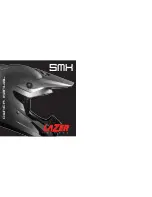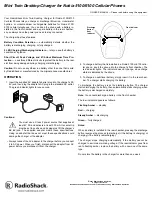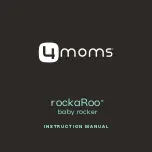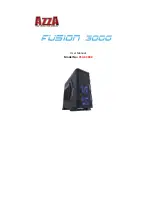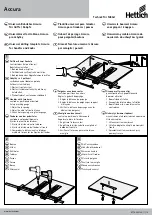
Section 3: Operating Procedures
11/27/18
STB1560, STB1572, STB1584 & STB1596 Snow Trip Blade 301-493M
18
Transporting
DANGER
!
To prevent serious injury or death:
Do not allow the blade to cross over the center line of a public
road. Oncoming traffic can hit the blade resulting in personal
injury, loss of life, and damage to equipment.
WARNING
!
To prevent serious injury or death:
When traveling on public roads at night or during the day, use
accessory lights and devices for adequate warning to
operators of other vehicles. Comply with all federal, state, and
local laws.
1.
Raise the Snow Trip Blade to a safe traveling height
that does not block your view.
2. Set hydraulic flow to off or neutral to prevent
accidental lowering of the blade. Never adjust the
Snow Trip Blade while traveling.
3. Select a safe ground speed when transporting from
one area to another.
4. Be sure to reduce ground speed when turning and
leave enough clearance so the blade does not
contact obstacles such as buildings, trees, or fences.
5. When traveling on roadways, transport in such a way
that faster moving vehicles may pass you safely.
6. Shift to a lower gear when going over rough or hilly
terrain.
Operating Guidelines
Removing snow with your blade can be made easier by
following some simple guidelines.
•
Allow any blade that is kept in warm storage to cool
before moving snow. Snow will freeze to a warm blade
making snow removal difficult.
•
Stay current with your snow removal. Fresh snow is
much easier to remove.
•
Push first snows far enough away to allow space for
future snow falls.
•
Do not overload equipment. Push only as much snow
as equipment can safely and easily handle. Snow that
has become deep and/or compacted may require
several passes.
•
Be aware of equipment overheating. Allow time for
equipment to cool if it is overheating.
•
Accelerate slowly when starting a pass to allow time for
tire traction and for snow to accumulate in front of the
blade.
•
Reduce speed when coming to the end of a pass and
when needed.
•
Never pile snow on someone else’s property, streets,
or sidewalks.
•
Check with local regulations before pushing snow
across roadways. This may be illegal in your area.
•
Never pile snow near fire hydrants, mailboxes, water
drains, electrical boxes, or handicapped parking areas.
•
Never pile snow where it obstructs visibility of traffic.
Pushing Light Aggregate Materials
The Snow Trip Blade is also designed to push light
aggregate materials such as pea gravel, light dirt work,
and live stock feed such as shelled or ground corn and
silage.
WARNING
!
To prevent serious injury or death:
If the blade is not locked while using on loose dirt or other
light materials, there is a possibility of hitting an uneven
patch, tripping the blade and capturing material on the back
of the blade when it is tripped down, and flinging material
back at the operator when the blade resets.
IMPORTANT:
When working materials other than
snow, the float feature must be locked. See page 17
for locking and unlocking instructions.
IMPORTANT:
When working materials other than
snow, the blade must be locked. See page 14 for
locking and unlocking instructions.






























